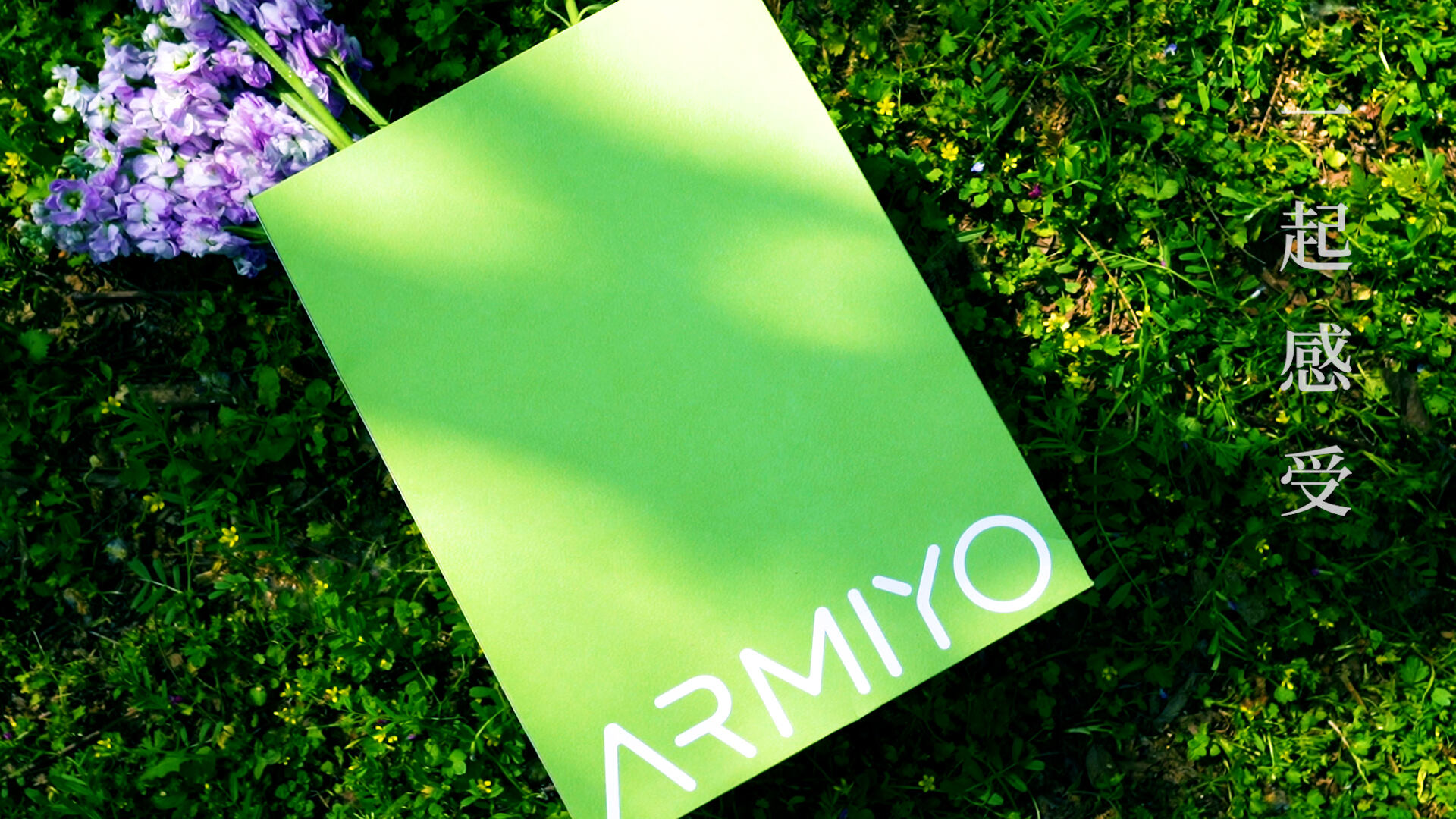
In the world of professional printing, achieving perfect color matching in offset printing stands as one of the most crucial yet challenging aspects of the production process. Brand identity relies heavily on consistent color reproduction across all marketing materials, from business cards to billboard advertisements. When colors deviate from established standards, it can significantly impact brand recognition and professional reputation.
Modern offset printing technology has revolutionized how we approach color accuracy, offering unprecedented levels of precision and repeatability. However, mastering color matching requires a deep understanding of both technical specifications and practical application methods. This comprehensive guide explores the intricate world of color matching in offset printing, providing insights into achieving flawless brand consistency.
Color matching in offset printing begins with understanding various color systems. The most common is the CMYK (Cyan, Magenta, Yellow, and Key/Black) process, which forms the foundation of most commercial printing operations. These four basic ink colors combine in different proportions to create the vast spectrum of colors we see in printed materials.
Beyond CMYK, many printing projects utilize the Pantone Matching System (PMS), which provides standardized color formulas ensuring consistency across different printing runs and facilities. This system is particularly valuable for brand colors that must remain identical regardless of when or where they're printed.
Professional color matching relies heavily on sophisticated measurement tools and calibration devices. Spectrophotometers measure the exact wavelengths of light reflected from printed surfaces, while densitometers gauge ink density and coverage. These instruments provide objective data that helps printers maintain consistent color reproduction throughout production runs.
Regular calibration of both measuring devices and printing equipment ensures accuracy in color matching over time. This process includes adjusting for paper stock variations, environmental conditions, and equipment wear that might affect color output.
Successful color matching in offset printing begins long before ink meets paper. The pre-press phase involves careful file preparation, color separation, and proofing. Digital files must be properly configured with correct color spaces and profiles to ensure accurate translation to the printing process.
Modern pre-press workflows incorporate color management systems that help maintain consistency from digital design to final output. These systems account for different viewing conditions, substrate properties, and printing parameters that influence color appearance.
During production, maintaining consistent color matching requires constant monitoring and adjustment. Press operators must regularly check printed sheets against approved standards, making real-time adjustments to ink flow, water balance, and press speed as needed. Advanced printing presses now feature automated color control systems that help maintain stability throughout the run.
Environmental factors such as temperature and humidity can significantly impact color reproduction. Professional print facilities maintain strict climate control and monitoring systems to minimize these variables and ensure consistent results.
Modern offset printing facilities integrate sophisticated digital color management systems throughout their workflow. These systems create closed-loop feedback mechanisms that continuously monitor and adjust color output. By implementing ICC profiles and color-managed workflows, printers can achieve remarkable consistency across different jobs and time periods.
The integration of artificial intelligence and machine learning has further enhanced color matching capabilities. These technologies can predict color variations and automatically compensate for changes in printing conditions, reducing waste and improving efficiency.
Maintaining excellent color matching in offset printing requires robust quality control procedures. This includes regular equipment maintenance, standardized testing protocols, and comprehensive documentation of color standards. Successfully implementing these procedures ensures repeatable results and satisfied clients.
Professional printers establish clear tolerance limits for color variation and implement systematic checking procedures throughout production runs. This might include regular pull sheets for comparison and documented color measurement readings at specified intervals.
Different paper stocks and printing surfaces present unique challenges for color matching in offset printing. Coated papers typically allow for more precise color reproduction than uncoated stocks, while specialty surfaces may require specific ink formulations or printing techniques to achieve desired results.
Understanding how different substrates interact with inks and affect color appearance is crucial for successful color matching. Experienced printers maintain detailed records of previous jobs and adjust their approach based on substrate characteristics.
Temperature, humidity, and air quality can all affect color matching results. Professional print facilities implement comprehensive environmental control systems to maintain optimal conditions for consistent color reproduction. This includes monitoring systems that alert operators to any variations that might impact print quality.
Regular assessment of environmental conditions and their effects on printing results helps maintain high standards of color matching accuracy. This proactive approach prevents many common color-related issues before they occur.
Achieving optimal color matching typically requires several test runs and adjustments, usually taking between 15-30 minutes for standard jobs. Complex projects with multiple spot colors or special requirements may need additional setup time to ensure perfect color alignment.
The most significant factors affecting color consistency include paper stock quality, environmental conditions (temperature and humidity), ink formulation, press calibration, and operator expertise. Maintaining strict control over these variables is essential for achieving consistent results.
Professional printing equipment should undergo daily color calibration checks, with comprehensive calibration performed weekly. Additionally, specific calibration may be needed when changing between significantly different substrates or after major maintenance procedures.